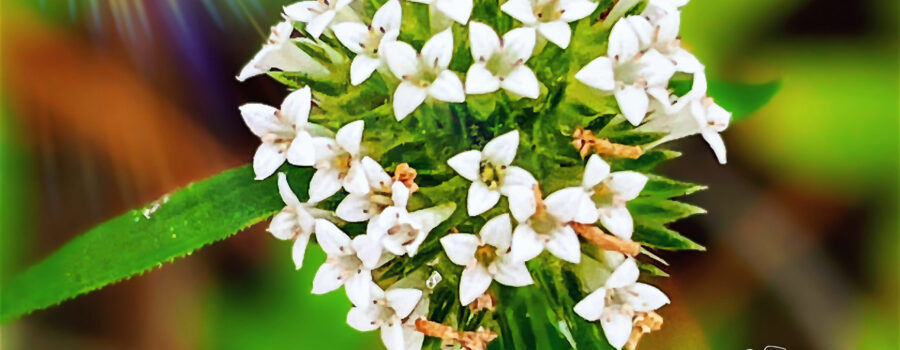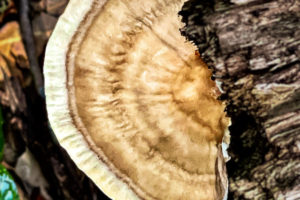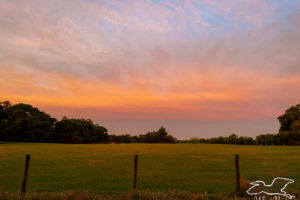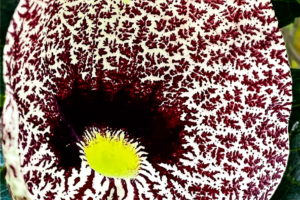Tropical Gridlepod is Beautiful and Quite Useful, Too

The weather has been absolutely perfect around here lately. The highs have been in the upper 70’s to lower 80’s with lows in the upper 60’s. This type of weather always makes me want to get outside, so I took a long hike in Gothe State Forest on Sunday. It was a really great hike, not only because of the gorgeous weather, but also because I found a little wetland area that I had never been to before. It was loaded with birds, flowers, and pollinators. I took a lot of photos and didn’t get to finish everything before the light began to fade and I needed to head home before dark. But now that I know it’s there, I will be headed back, for sure.

On the trail that led to the wetland, there were also a lot of beautiful flowers, including these tropical gridlepods or white eyes (Mitracarpus hirtus). They are actually native to Mexico, Central America, South America, and the West Indies, but have become naturalized in much of the tropical and subtropical world, including north and central Florida. They’re herbs that are members of the coffee family (Rubiaceae), and like many other members of that family, they have multiple uses. Tropical Gridlepod is especially well known for it’s medicinal uses for treating skin conditions including eczema, wounds, rashes, ringworm, and burns. It stimulates collagen formation and also seems to have some antibiotic and anti fungal properties. In Africa and in parts of South America it is farmed as an added source of nutrients for livestock, especially cattle. Some people also eat it in salads or cooked into soups or stews, but it should only be eaten in moderation since large amounts can be toxic.

As you can see, tropical gridlepod is a pretty little plant that grows balls of small white flowers at each one of its leaf nodes. It’s an annual that blooms during the warm weather of summer and early fall. The plants get to be about two feet tall, but the stems are week and often bend under the weight of the flowers and leaves. The ones I saw along the trail were all somewhat bent, with most of the seeming to be growing by creeping along the ground. They tended to be mixed with fall grasses and together they made a pretty display. We are nearing the end of the season for them and many of the flowers were wilted or going to seed. A few blooms will probably persist until we get our first frost, but these tropical plants do not tolerate cold well. This was a plant I had never seen before, and I suspect it likes the extra moisture on the trails near the wetland, but I couldn’t find much information on either water or sun requirements. I always like adding a new species to my life list, and learning about it, so this little beauty alone made this a good hike, but it was only one of several new species that I encountered, so it really turned out to be a great hike.





Recent Comments